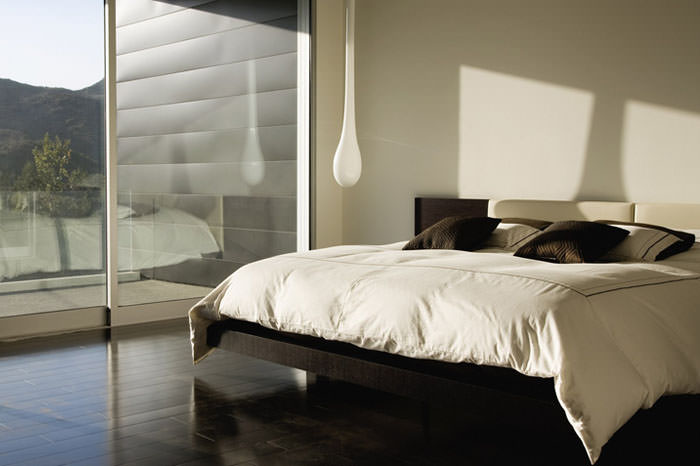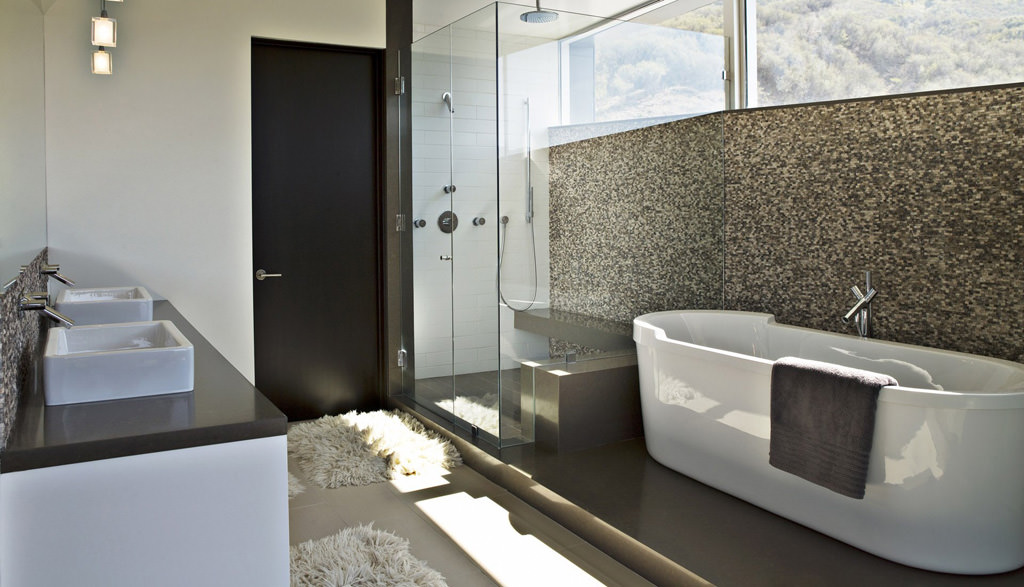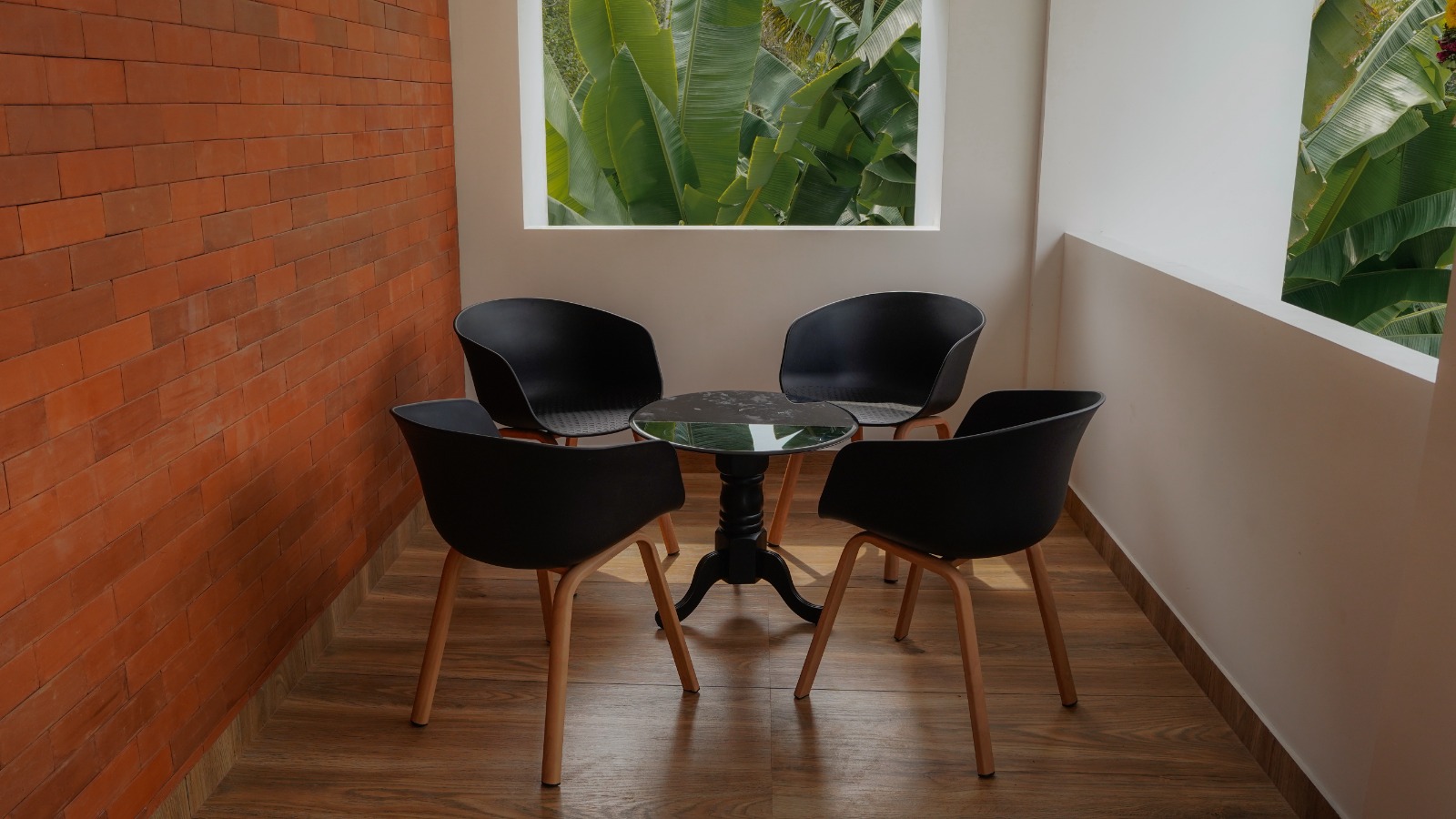Hospitality design in architecture is an intricate dance between functionality, aesthetics, and emotional resonance. It’s not just about creating beautiful spaces; it’s about crafting immersive environments that tell stories and evoke feelings. From boutique hotels to sprawling resorts, every aspect of the design is meticulously considered to enhance the guest experience.
The journey begins with thorough research and understanding of the target audience and location. Designers delve into the culture, history, and local traditions, seeking inspiration to infuse into the project. Whether it’s a beachfront retreat or an urban oasis, the design must reflect the essence of its surroundings.
Spatial planning is crucial in hospitality design, ensuring efficient flow and maximizing comfort. Public areas like lobbies, restaurants, and lounges are designed as social hubs, encouraging interaction and relaxation. Guest rooms are sanctuaries of comfort, meticulously designed to provide a retreat from the outside world.
Materials and finishes play a significant role in setting the ambiance. Natural elements like wood and stone evoke a sense of warmth and tranquility, while sleek metals and glass add a touch of modernity. Lighting design is carefully orchestrated to create the right mood, whether it’s cozy and intimate or bright and energizing.
Ultimately, hospitality design is about creating memorable experiences. It’s about anticipating the needs of guests and exceeding their expectations at every turn. Through thoughtful design, architects and designers transform spaces into destinations, leaving a lasting impression on those who inhabit them.



